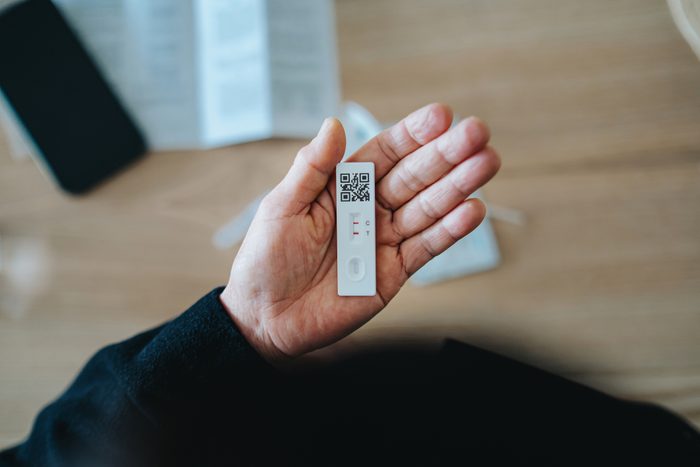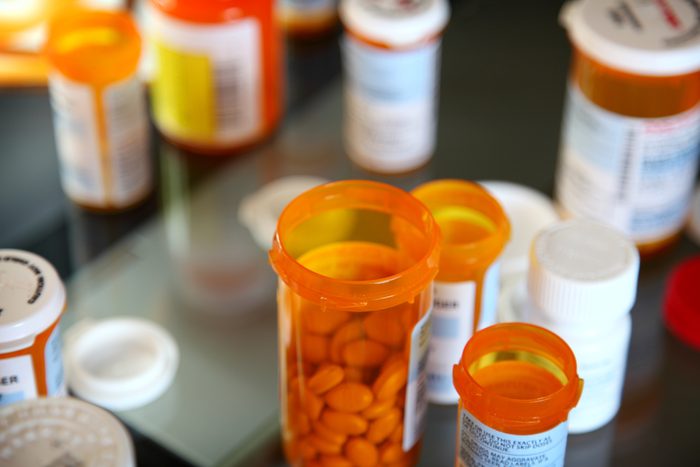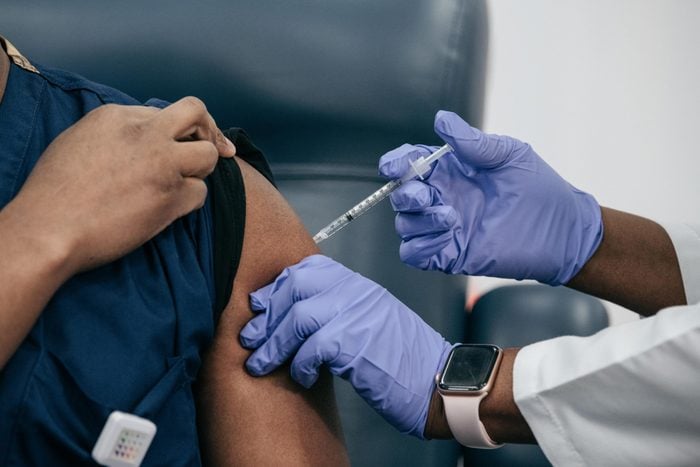
For more than three years, COVID-19 and widespread shelter-in-place orders upended everything about our day-to-day. It changed how we learned, how we shopped, how we received medical care, how we collaborated with colleagues, how we visited with loved ones, and how we spent holidays, to name just a few of the pivots we made to our lives and lifestyle when this virus rocked our world.
U.S. President Joe Biden has extended the public health emergency several times throughout the almost three-year pandemic, and the decision to end it for good was announced in January. “Exactly what this will mean for a person depends on how risk-averse they are and whether prevalence rates increase or a new strain—like the new Arcturus COVID variant—is identified,” says Len Horovitz, MD, a pulmonary specialist with Lenox Hill Hospital in New York City. Many of these changes coming out of the public health emergency will be seamless, as life has gradually returned to normal in the recent past, but here’s how six aspects of life may change when the PHE ends.

1. Here’s what the PHE means for your travel plans
The federal government required masks on public transportation and at transportation hubs, including airports, stations, and seaports, from January 2021 to April 2022. When the mask mandate ended in April 2022, masks were still commonplace on many trains, planes, and other crowded public spaces.
In recent months, mask wearers have become the outliers. “The end of the PHE … could lead people to change their own behavior—such as reducing mask-wearing even where and at times when it might be prudent—because of a perception that the end of the emergency means COVID is over,” says Jennifer Kates, PhD, Senior Vice President and Director of Global Health & HIV Policy at KFF in Washington, DC.

2. Here’s what this means for your access to COVID-19 tests
Pop-up tents offering free COVID tests were a staple on most corners in major metropolitan areas, and many rural places too. In the early days, lines wrapped around corners—but in the past months, the business has died down considerably. “Many of these have already started to close, both because resources to support them have diminished but also because the impact of COVID-19 and sense of urgency have declined,” Dr. Kates says.
And those free at-home COVID tests that were sent monthly? She suggests you don’t count on them anymore, either: “The end of the PHE will mark the end to the ‘8 free home tests per month’ policy for people with private insurance and Medicare, and it is likely that many will have to pay out of pocket for these.”
In addition, there will likely be cost-sharing or co-pays for tests ordered by your doctor. “The only exception is for people on Medicaid who will not face any costs through September 2024.” Those who are uninsured have already faced charges for COVID-19 tests unless they could access federally purchased tests.

3. Here’s what this means for your visits with your doctor
Telemedicine really came into its own during the pandemic. The government relaxed many rules so that doctors could see new and existing patients via video or phone and even conduct these appointments on What’s App or FaceTime. Doctors were also paid the same amount for these visits as in-person ones.
Dr. Kates says these privileges won’t go away entirely after May 11. “Even before COVID-19, there was a move to expand telehealth, and many of the telehealth flexibilities put in place during the pandemic have been extended or made permanent,” she says. Check with your health plan or doctor to find out what is or isn’t allowed.
What Is Medical Gaslighting? 9 Doctors’ Statements That Are Major Red Flags

4. Here’s what this means for your prescription refills
During the public health emergency, providers could write prescriptions for controlled substances via telemedicine, but in-person visits may be required now. “Check-in with the physician who prescribes your medications to see if there is any change that will impact the ability to refill medications, particularly those that are controlled substances,” says Shari Erickson, the Chief Advocacy Officer and Senior Vice President, Governmental Affairs for the American College of Physicians in Washington, DC.

5. Here’s what this means for your access to COVID-19 shots
COVID shots will continue to be free for everyone regardless of insurance coverage, according to an analysis by the Kaiser Family Foundation. COVID treatments that can reduce the risk of hospitalization and death will remain free as long as the supply lasts.

6. Here’s what this means for your insurance status
The number of uninsured people in the U.S. dropped by nearly 1.5 million in 2021 thanks to policies put in place during the pandemic to protect those who lost their job or income stream. The PHE allowed states to enroll a higher than typical rate of the population on Medicaid so that they would have insurance. Millions of people will get disenrolled over time when the PHE ends. Make sure you know your status, and take steps to find insurance if you risk losing yours.
There’s another group of people who are also at risk of losing their coverage,ACP’s Erickson says. These are folks who were already receiving Medicaid when the pandemic began and were automatically re-enrolled due to the PHE, she explains.
Not anymore. “This is unwinding, and it is probably going to cause the largest losses in Medicaid coverage in history with as many as 15 million people losing coverage,” she says. This will include around 7 million kids and will significantly deepen severe health inequities across the country. “In a normal time, you have to re-enroll, and if something changes, you may not be eligible to be covered.”
Her advice? Knowledge is power. “Be vigilant about your coverage and re-enroll with their state.”
